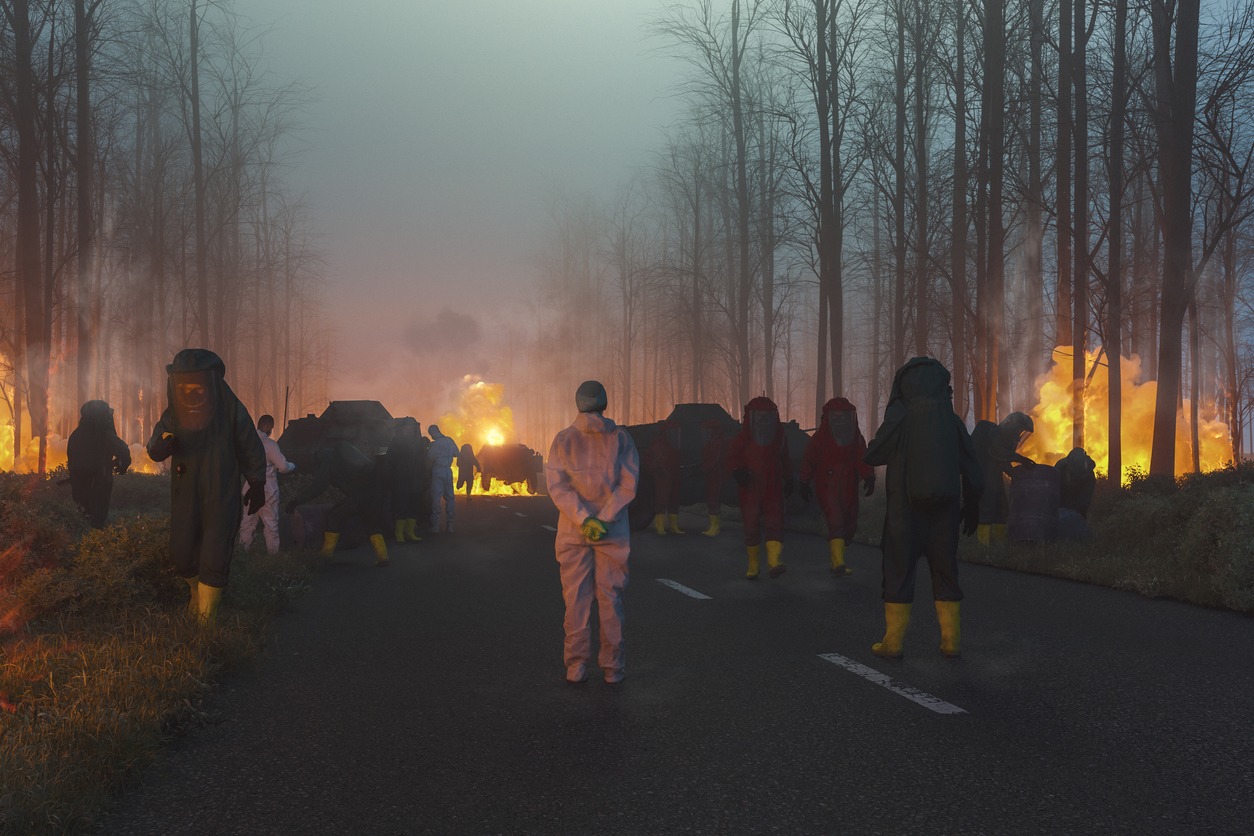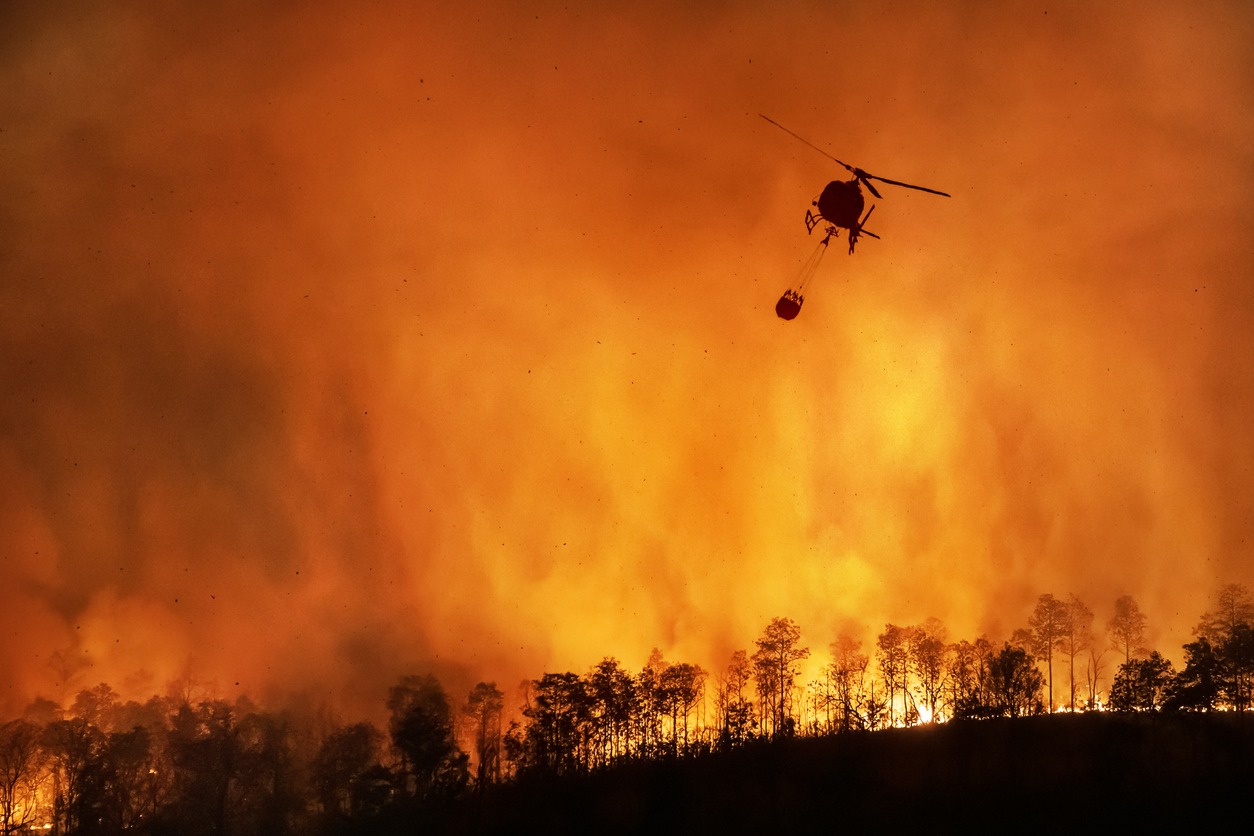
Recent California wildfires have been more severe and costlier, driving up public spending both at the national, state, and local community levels. From suppression costs to insurance claims, disaster assistance, and the hefty expenditures in fire prevention and mitigation programs, wildfires remain a real economic threat both locally and nationally.
For instance, the U.S. Forest Service fire suppression costs have shot over the recent past, with the Dixie Fire (2021) hitting above $600 million. In the same year, they spent $542.6 million and $271.1 million to suppress the Beckwourth Complex and Caldor Fire, respectively. Combined with the arising insurance claims and the expensive prevention interventions undertaken at the government level and by private institutions such as Pacific Gas and Electric Company (PG&E), wildfires are claiming a huge portion of organizations’ budgets.
This post explores the cost implications of California wildfires, especially on state, government, and local community spending.
Increasing Wildfires
Various factors have contributed to the increase in wildfires over the past few decades. Most recent reports show that between 2017 and 2021, an average of 8 million acres burned each year, which was double the land size that burned between 1987 and 1991. While these are national averages, California leads the country in the number of fires and acres ravaged. For instance, in 2021, the state reported 9,260 fires. This was way higher than second-placed Texas, which had 5,576 fires, and North Carolina, which witnessed 5,151 fires. In total, 2,233,666 acres burned in California, almost three times the second-placed Oregon, whose fires spread across 828,777 acres.
According to statistics, human activities are responsible for 85% of wildfires across the nation, especially as more settlements come up near wildlands. Activities like burning debris, unattended campfires, equipment accidents and malfunctions, and negligently discarded cigarettes are common wildfire igniters. Once the blazes start, they’re fueled by factors such as dense and drought-dried vegetation and strong winds brought about by neglected forests and increased heat from climate change.
Cost of Wildfires to Government
Wildfires have both direct and indirect cost implications – suppression costs, insurance claims, fire prevention programs, and the more indirect health care costs due to illnesses caused by environmental pollution. For example, debris from the fires are washed downstream, contaminating water resources, while gases and fumes infiltrate the air, causing pollution, etc. These pollutants cause health complications like respiratory issues and heart problems, leading to high medical costs. Generally, public spending, especially by the U.S. Forest Service, doubled in the ten years running from 2011 to 2021.
The actual impact of wildfires depends on the location and other aggravating factors such as dense or dry vegetation and windy weather. The federal government is responsible for containing fires that occur in federal lands through relevant agencies such U.S. Forest Service, Bureau of Indian Affairs, Bureau of Land Management, U.S. Fish and Wildlife Service, and the National Park Service.
Budgeting Policies from the Federal Government
The federal government has enacted budgeting policies to avail more money for fire suppression and prevention programs. However, state and local governments still face significant resource constraints in fire management. Nearly half of the community costs for wildfires are paid by non-governmental organizations, government agencies, homeowners, and businesses.
According to Pew research, governments use past suppression costs as a benchmark to allocate funds for future suppression requirements. California, specifically, sets aside an amount equivalent to the average of the five most expensive fires over the past ten years and appropriates it to the E-fund. Unfortunately, these budgeting practices are under strain as the wildfire costs often exceed the budgeted amounts.
The state and federal governments are allocating more funds to mitigation activities. However, it’s still challenging given the rising need to meet suppression costs in the face of increasing fire disasters. According to the Pew research findings, states use multiple sources to cover wildfire costs, including taxes, statewide disaster accounts, payment from local governments, industry-specific fees, dwelling or landowner fees, liability funds, bonds, and other dedicated revenue sources.
Between 2016 and 2020, federal spending on fire suppression costs amounted to $2.5 billion, while disaster assistance costs totaled $5 billion. The suppression costs more than tripled compared to the $728 spent between 1985 and 1989. Other rising costs include health care expenses due to smoke exposure and loss of revenue from timber sales.
Costs of California Wildfires to Homeowners and Businesses
Other than public spending, wildlife seriously affects homeowners and businesses. While compensation is possible, homeowners only recover what is insured, meaning some damages may go uncompensated. Businesses also suffer huge losses, some of which they may be unable to recover.
A good example is a recent incident in South Lake Tahoe. No structure burned down, yet businesses in El Dorado County sustained losses worth tens of thousands of dollars due to lost economic activity when they closed down to flee the fast-approaching Caldor Fire. One particular case is of a restaurateur whose stock spoiled during the two weeks the business remained closed. The owner estimated the uninsured losses to be between $10,000 and $13,000.
Besides the cost of business disruption like in El Dorado County, California wildfires also cause massive damages. This includes lost wages for workers who flee following evacuation, losses for uninsured homes, health complications due to air pollution, ecosystem damage, and more.
Losses to Insurers
Insurers also bear the heavy demands for compensation from policyholders. As much as they exist for this purpose, too many claims can cripple their operations. This makes it difficult for policyholders to recover full compensation on time to finance their rebuilding. For instance, as of January 2022, the Camp Fire (2018), Tubbs Fire (2017), and Woolsey Fire (2018) had an estimated insured loss of $10.75 billion, $9.56 billion, and $4.52 billion, respectively. Other recent wildland fires that have had a huge impact on insurers include;
- Atlas Fire, 2017 – $3.3 billion
- Glass Fire, 2020 – $3.07 billion
- CZU Lightning Complex Fire, 2020 – $2.6 billion
- Thomas Fire, 2017 – $2.47 billion
- LNU Lightning Complex Fire, 2020 – $2.34 billion
- Witch Fire, 2007 – $2.08 billion
Losses to Utility Companies
Power companies have also been on the receiving end following the California wildfires. Human activities start many wildfires, but power lines are also responsible for igniting some wildland infernos. For example, out of California’s 20 most destructive wildfires, five were caused by power lines, including the Camp Fire, Witch Fire, Nuns Fire, Thomas Fire, and Butte Fire.
While some power line fires are beyond the control of the utility companies, like when high winds down the lines, in other cases, they are caused by neglecting to maintain vegetation along the lines. Lawsuits against utility companies have compounded, leaving them in financial distress. For instance, PG&E recently settled a lawsuit of $117 million over the Camp Fire.
Maintenance and Fire Prevention Cost
Budgets for fire mitigation and prevention continue to grow across private players (utility companies) and local, state, and federal governments. For instance, the government has increased appropriations to support various programs. A good example is the home hardening initiative. This is a wildfire mitigation program designed to support California homeowners in protecting their property from wildfire damage. The program involves creating defensible space, retrofitting, and hardening homes at high risk of wildfires, with the pilot communities being Dulzura in 2022, Potrero in 2023, and Campo in 2024.
Other programs focus on preparedness strategies such as prescribed fire, targeted grazing, power line inspections, vegetation maintenance, and educating and training constituents, among other preparedness and response plans. This agrees with the recommendations from Pew research. It suggested strengthening wildfire funding processes, maximizing mitigation investments, and improving the tracking and sharing of wildfire spending data.
Cost of Maintenance and Fire Prevention to Utility Companies
Utility companies maintain vegetation along their power lines and equipment regularly. However, they have time and again been blamed for negligence leading to deadly and costly fires. The high cost of litigation against utility companies, such as the recent Camp Fire settlement, is an example of the costly consequences of powerline-caused wildfires. PG&E has faced many lawsuits in the recent past, events that might have contributed to the recent layoffs (for vegetation management inspectors, pole testers, tree trimmers, and electrical linesmen) to cut costs. The company argued the decision was meant to curb overspending. However, it was a risky move considering how critical the contractors are in wildfire mitigation.
In the face of worsening climate, PG&E plans to mitigate future fire incidents by burying their power lines underground. The cost-intensive program intends to have 10,000 miles of overhead power lines in high fire risk buried underground. According to the company, the multi-billion dollar project will significantly minimize the risk of electricity-ignited infernos. Other companies have embarked on a similar project, including San Diego Gas & Electric. This which initiated its first $3 billion project after the deadly 2007 California wildfires.
We hope this article has enlightened you on the cost implications of wildfires to the local, state, and national economy. Meanwhile, if you have suffered insured losses from California wildfires and need help pursuing a settlement, call us for a free case evaluation.




